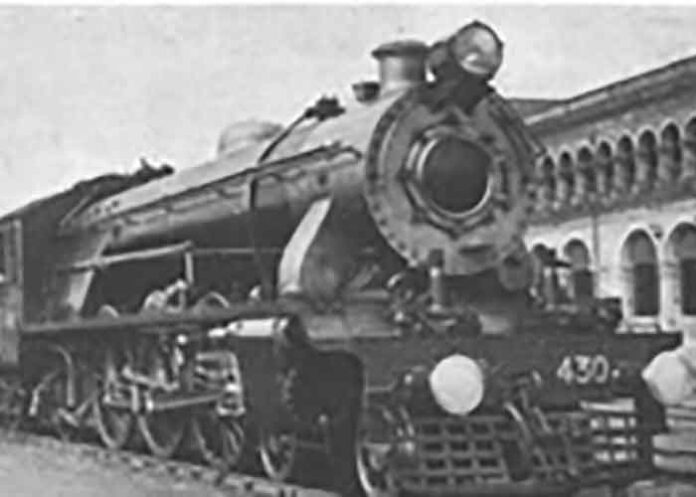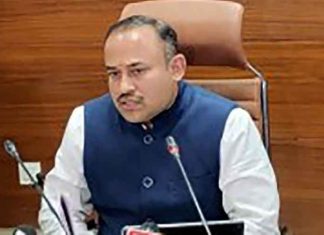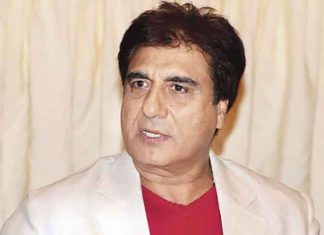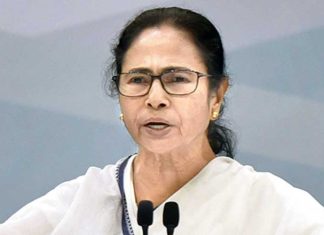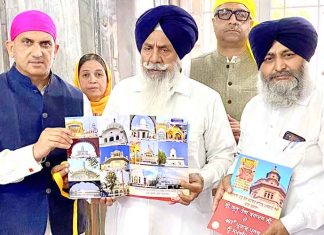‘New Jalpaiguri springs to life with arrival of Darjeeling Mail and goes to bed with its departure’
Kolkata, Oct 23, 2023
If only trains could speak, the Darjeeling Mail could have regaled us with stories about the likes of Ramakrishna Paramahamsa, Swami Vivekananda and Nawab Wajed Ali Shah, to name a few.
They were all still alive when she started operating from Kolkata (then Calcutta) in 1878. As another Durga Puja nears its end and thousands of vacationers prepare to board the Darjeeling Mail on their way back to Kolkata from North Bengal, Eastern Railway is celebrating this great train – one of the oldest and most popular in Indian Railways.
“There is an old saying in North Bengal – ‘New Jalpaiguri springs to life with the arrival of Darjeeling Mail and goes to bed with its departure’. Darjeeling Mail started operating barely nine years after the Sealdah station came into being. It was then known as the Calcutta Station.
“She is one of the most popular and prestigious trains run by the Indian Railways. The Darjeeling Mail is still the first choice for people travelling between Kolkata and North Bengal, though there are many more trains now,” said Kausik Mitra, chief public relations officer (CPRO), Eastern Railway.
In 1878, the railway route from Kolkata to Siliguri was in two laps. The first was a 184.9-km long journey along the Eastern Bengal State Railway from the then Calcutta Station to Damookdeah Ghat on the southern bank of the Padma River.
The passengers would then avail a ferry across the river. The second lap of the journey was a 363.1-km metre-gauge line of the North Bengal Railway that linked Saraghat on the northern bank of the Padma to Siliguri.
“The 1.8-km long Hardinge Bridge across the Padma came up in 1912. In 1916, the metre-gauge section north of the bridge was converted to broad-gauge, making the entire Calcutta–Siliguri route broad-gauge.
“The route thus roughly ran: Sealdah–Ranaghat–Bheramara–Hardinge Bridge–Iswardi–Santahar–Hili–Parabtipur–Nilphamari–Haldibari-Jalpaiguri–Siliguri. This was the route taken by the Darjeeling Mail in undivided India and till some years after Partition,” Mitra said.
With the Partition of India in 1947, the major hurdle in connecting Kolkata with Siliguri was that there was no bridge across the Ganges in West Bengal or Bihar.
A generally acceptable route to Siliguri was via the Sahibganj loop to Rajmahal, then across the Ganges by ferry to Manihari Ghat on the other side, then to Kishanganj via Manihari, Katihar and Barsoi and finally through narrow-gauge to Siliguri. In 1949, the Kishanganj–Siliguri section too was converted to metre-gauge.
In early 1965, when the Farakka Barrage was being constructed, a more radical change was made.
Indian Railways created a new broad-gauge rail link from Kolkata, and on a Greenfield site south of Siliguri town built an entirely new broad-gauge junction known as New Jalpaiguri.
The 2,256.25-metre-long Farakka Barrage carries a rail-cum-road bridge across the Ganges. The rail bridge was thrown open to public in 1971, thereby linking the Barharwa–Azimganj–Katwa loop to Malda Town, Barsoi, Kishanganj, New Jalpaiguri and other railway stations in North Bengal.
Since then, Darjeeling Mail has been using the Howrah–New Jalpaiguri line.
“The Darjeeling Mail is an iconic train. It connects Kolkata to Siliguri that is considered the gateway to the northeastern states. It is extremely popular among both tourists and business travellers. People are simply proud to take a ride on the train,” Mitra said.(Agency)



